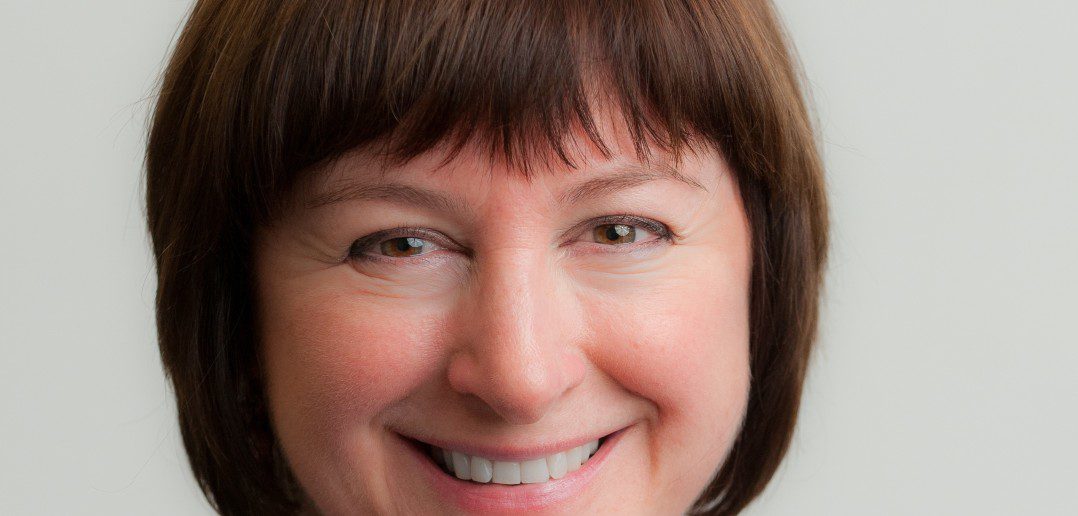Current global content trends in kids entertainment today can usually be categorised into genres, much like programming for adults. Pre-school content tends to be pure entertainment or a hybrid of education and entertainment – edutainment. For older kids, however, the trends span out into entertainment; comedy; action/adventure and factual with sub-categories of animated, scripted live action and non-scripted live action. Sounds familiar, doesn’t it? But unlike content for adults, demand for these specific genres largely depends on broadcaster requirements and the particular demographics served by the networks.
And while we all tend to look at the latest trends when creating global content, we need to pay even greater attention to not so much what, but how that content is being consumed by children globally. Children are increasingly adopting an “All About Me” philosophy when it comes to viewing content – choosing what they want to watch, where and when they want to watch it, without a thought about network scheduling. Thanks to multiplatform licensing and tight windowing among complementary platforms, today’s kids are more likely to devour content on a tablet or smart phone than on a TV screen.
Due to the shift in how kids are consuming content, pre- and early-school content requires a level of seamless extended activity – watch the programme and then play a game with the same characters and environments – all on the same device. It’s interesting to note that some broadcasters are now looking for more short-form content that might start on a digital platform and then “grow” into a long-form series.
For older kids, engagement and interactivity is also important but perhaps eclipsed by the ability to share a content experience among their friends and peer groups. Today’s kids aspire to being the first to find and share a hot new series, being perceived as a trendsetter or influencer, as that is the newly established social currency that drives status and acceptance among tweens, teens and — even to some degree — among young adults.
One of the key prerequisites of shareable content is some level of interactivity. If kids can create their own unique spin on the content experience and then can also share that experience with their friends, you’ve got a much greater chance of breaking through the myriad of choices and gaining worldwide recognition.
For content creators, the objective is twofold. First, eliminate the barriers to sharing your content; and second, find innovative ways for shareable content to provide unique experiences for consumers. Content that comes alive and engages consumers across multiple platforms has a very real chance of becoming part of the cultural fabric being woven by today’s youngest influencers.
For content creators who embrace these changes in kids’ entertainment, there is a unique opportunity to work in tandem with young consumers to nurture and expand the content. By encouraging their investment in the content experience – allowing them to continuously express, craft and refine what that experience means – we’re able to engage with the audience on an unprecedented level, building a stronger and more valuable connection between content and consumer.
Alison Warner is one of our pre-MIPJunior 2015 kids entertainment ambassadors. She was part of the team that helped put Technicolor’s animated shows Atomic Puppet and The Deep into production and also has responsibility for distribution of The Deep worldwide. In addition, Alison is developing new and maintaining existing client relationships within Europe for the Animation and Gaming business at Technicolor.
These posts are coordinated by Debbie Macdonald, a children’s media consultant. Debbie was formerly VP, programming director at Nickelodeon UK, having worked in acquisitions at the BBC. You can find her on LinkedIn here.




